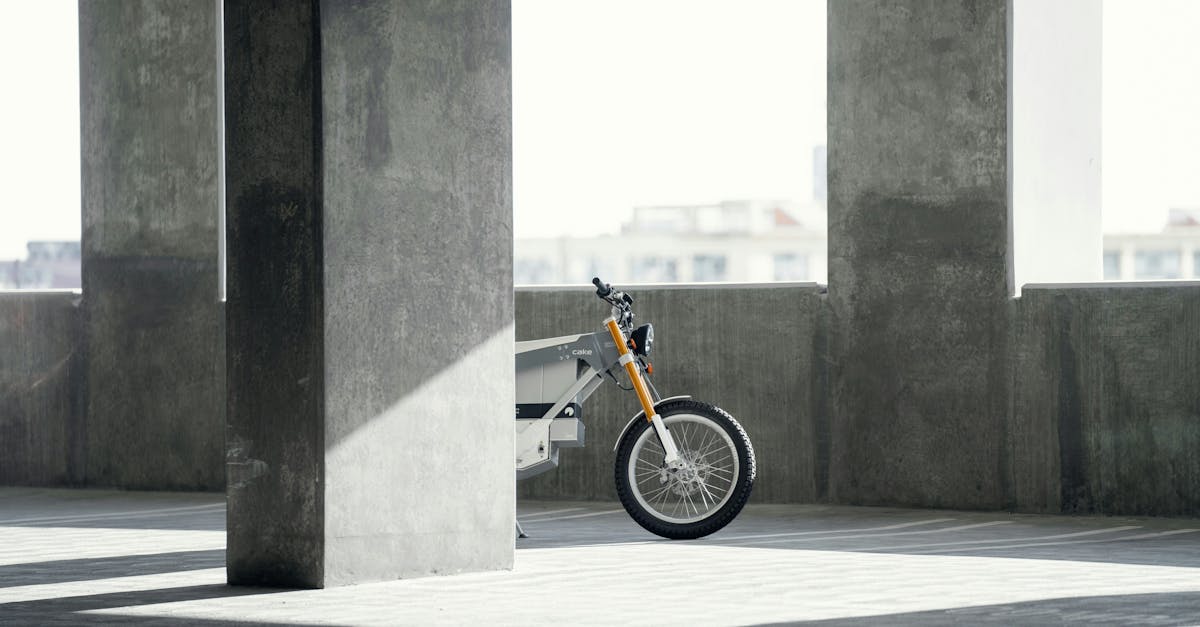When it comes to traveling with a electric bike, regulations in France establish precise rules. THE electric bikes which do not exceed a speed of 25 km/h can use the same lanes as conventional bicycles, including cycle paths. However, it is essential to note that more powerful models, such as speed bikes, which reach speeds above 25 km/h, are considered to be mopeds and are not authorized on these routes. In this case, users must travel on the roadway, ensuring that they respect the rules of the road. Traffic Laws. So the question of whether one can ride an e-bike on cycle paths mainly depends on the power and speed of the bicycle used.

The question of the circulation of electric bikes on cycle paths is often a source of confusion for cyclists and road users. Indeed, French legislation clearly distinguishes electrically assisted bicycles from those which exceed certain speeds, which influences their authorization or not on cycle paths. This article looks at the rules governing the use of electric bicycles on these dedicated infrastructures.
Regulation of electric bicycles in France
In France, the electric bike regulations stipulates that models not exceeding 25 km/h can travel on the same lanes as conventional bicycles. Thus, cyclists using an electrically assisted bicycle, which respects this speed limit, can use the cycle paths. However, as soon as an electric bike exceeds this speed, it is then considered a moped or a speed bike, and can no longer travel on these tracks.
Limitations of fast bikes
It is crucial to understand that an electric bicycle whose assistance allows it to reach speeds above 25 km/h is subject to strict restrictions. Users of these bicycles must ride on the roadway and not on cycle paths. This distinction exists to ensure the safety of all road users, by avoiding dangerous situations linked to excessive speed on lanes reserved for slower cyclists.
Circulating in the absence of cycle paths
In the event that there is no cycle path or reserved lane, users of electric bicycles must rejoin the roadway. At this point they must tighten to the right and respect the rules of the Traffic Laws. This requires increased vigilance, both for the safety of cyclists and that of motorists sharing the road.
Takeaways for e-bike users
To fully understand the challenges of electric bike travel, it is essential to remember that:
- An electric bicycle not exceeding 25 km/h can travel on cycle paths.
- Models exceeding this speed must drive on the roadway.
- Users must respect the rules of the Highway Code.
Conclusion: a thoughtful choice for every cyclist
It is therefore essential for each cyclist to find out about the specific features of their bike before hitting the road. The distinction between classic and fast electric bicycles is essential for completely legal and safe circulation. To find out more, you can consult additional resources which specify the regulation of electric bicycles.
- Electric bike with assistance: Authorized on cycle paths if speed is less than 25 km/h.
- Speed bike: Not allowed on cycle paths, classified as moped.
- Powerful bikes: Above 25 km/h, assimilated to mopeds.
- Traffic options: On cycle path when available, otherwise on the road.
- Traffic Laws : Mandatory compliance with the rules for all types of bicycles.
- No track: Obligation to ride on the road if there is no cycle path.
- Precautions: It is advisable to keep to the right for safety when driving.
- Frequency : Electric bikes can be used daily on adapted trails.
Frequently Asked Questions about using Electric Bikes on Cycle Paths
Can you ride an electric bike on a cycle path? Yes, but only if the electric bike does not exceed a speed of 25 km/h. In this case, it is considered a classic bicycle and can use cycle paths.
What are the restrictions for fast e-bikes? THE fast electric bikes, or speed bikes, which exceed 25 km/h, are not allowed on cycle paths. They must travel on the road.
What if I want to use an electric bike that goes faster? If your e-bike is more powerful and driven at speeds above 25 km/h, be sure to ride on the roadway and follow road regulations. Traffic Laws.
Where should I ride if bike lanes are not available? In the absence of cycle paths, it is recommended to ride on the road and keep to the right so as not to obstruct motor traffic.
Do e-bike users have to wear a helmet? Although wearing a helmet is not mandatory for e-bikes that do not exceed 25 km/h, it is strongly recommended for safety reasons.
Are there any differences in the regulations for a conventional bicycle and an e-bike? Yes, the main difference is the speed and power. E-bikes are subject to specific regulations depending on their power and maximum speed.
Are e-bikes subject to fines if they ride on cycle paths? Yes, users of fast e-bikes can be fined if they ride on cycle paths, as this contravenes the regulations in force.